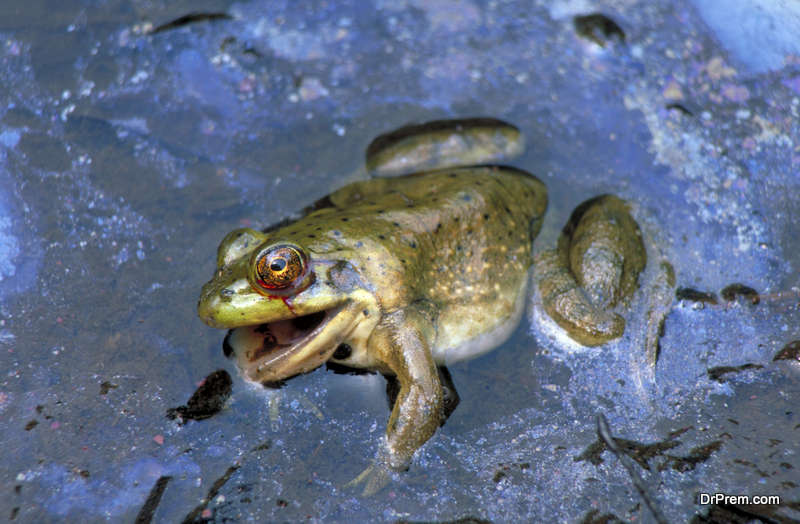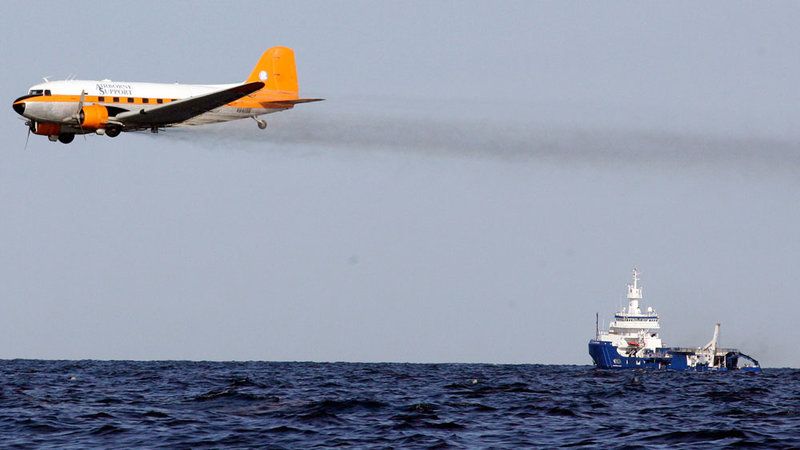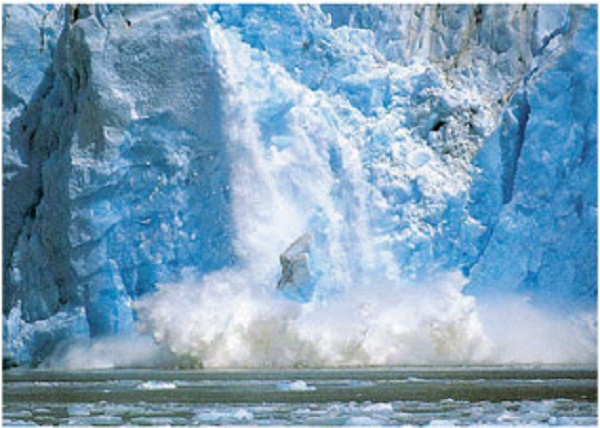Oil spills have arisen as one of the most daunting environmental crisis in recent years. Every year, millions of gallons of oil get spilled in seas, all over the world. The resulting oil slicks devastate marine life, and the repercussions are beyond any human control if steps are not taken for oil spill clean up. Oil spills mostly result from an accident like pipeline burst, leak from cargo vessels and careless oil explorations.
With a rising number of unregulated oil exploration projects in seas and ocean beds, oil spills have become very common. Hence environmentalists and scientists are constantly on the drive to come up with innovative and safe methods to remove oil spills from the sea. Conventional methods are not only less effective; they have the potential to do more damage than good. A mix of automated as well as environment-friendly techniques can provide the best possible solutions to clear oil slicks from the sea.
1. Sopping Up Oil Using Peat Moss
 Peat moss is an environmentally friendly and effective method to absorb large quantities of oil from the sea. First tried and tested in Norway, peat moss is expected to find huge application as one of the best ways for oil spill removal.
Peat moss is an environmentally friendly and effective method to absorb large quantities of oil from the sea. First tried and tested in Norway, peat moss is expected to find huge application as one of the best ways for oil spill removal.
Formulated as a dry powder, this hyper-absorbent plant product can be strewn across the spills on water directly. Within minutes of contact, peat moss absorbs the oil and traps it in a capsulated form. The encapsulated oil has a waterproof crust which is easier to be sieved out from the water.
2. Mechanical Clean Up by Oil Booms
Oil booms are specially designed machines that can act as an effective method to clear oil slicks. The efficiency varies depending on the magnitude of spillage and environmental conditions. These come in the form of temporary floating barriers which make removal of spills from the water much easier.
Containment oil booms are very helpful in bringing in and concentrating the spillage over a smaller area. This allows blocking the spread of pollutants on the surface of the sea. Diversion booms work by preventing the contamination from affecting a region of the sea. Though oil booms work well without harmful effects, they are effective only in very calm waters.
3. Use of ‘Bugs’ for Oil Spill Clean up
 Bio-fermentation is a practical application of genetic engineering and is being proposed for safer oil spill removal. The process involves alteration of genes of microbes that feed on hydrocarbons so that they can break up and digest more oil molecules. More emphasis is being laid on genetic engineering and adaptive stimulation of indigenous oil-eating microbes.
Bio-fermentation is a practical application of genetic engineering and is being proposed for safer oil spill removal. The process involves alteration of genes of microbes that feed on hydrocarbons so that they can break up and digest more oil molecules. More emphasis is being laid on genetic engineering and adaptive stimulation of indigenous oil-eating microbes.
This can prove to be an effective technique when biofermentors are used to spread high concentrations of such microbes in affected regions.
4. Hyper Absorbent Mats
A very cost -effective way of oil spill clean up at sea involves the use of mushrooms and hair to sponge up oil. As absurd as it sounds, mats made up of dried mushrooms and hair were used to contain oil spills in Cosco Busan in 2007.
Dried mushrooms and hair, when matted together act as natural sponges which have an affinity for hydrophobic components in a mixture. These mats can absorb oil until saturation and can be extracted easily using mechanical methods.
5. Stimulation of Native Oil Bug Population
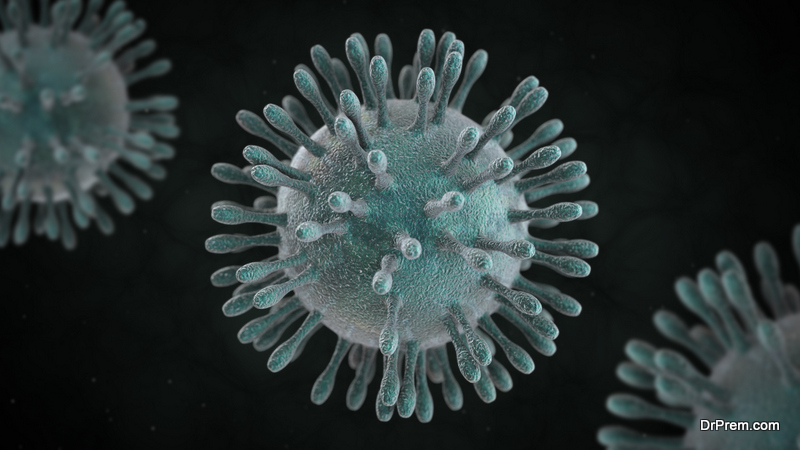 Marine bodies naturally contain oil-consuming bacteria. But their population isn’t enough to deal with bigger quantities of oil spills. A specially created natural vehicle is used to trap oil and stimulate the growth of oil-eating bacteria which eventually feeds on the trapped oil.
Marine bodies naturally contain oil-consuming bacteria. But their population isn’t enough to deal with bigger quantities of oil spills. A specially created natural vehicle is used to trap oil and stimulate the growth of oil-eating bacteria which eventually feeds on the trapped oil.
Also known as the Petroleum Remediation Product, this technique uses numerous hollow bee wax microspheres ranging from 0.25 µm to 0.65 µm to be dispersed throughout the oil spill. As these, impervious balls take up oil, native oil bugs proliferate after being attracted to bee wax and degrade both oil and the spheres.
PRPs also come preloaded with Pseudomonas spp, which enhances the efficiency of this method. These features make it one of the most preferred methods for oil spill clean up at sea.
6. Transforming Oil Slicks Using Solidifiers
One of the preferred ways of fixing oil spills is the use of solidifiers. Gelling agents, miniscule dry ice pellets and water repelling polymers can be used to transform oil into semi-solid or rubbery form. Once released in affected areas in the sea, these compounds hasten the conversion of oil from liquid form to almost solid form.
In these states, oil slicks are separated from water and are much easier to skim or strain out. Because of their insoluble nature, the chances of oil escaping back to water are minimal. These agents leave minimal residues and are less toxic to marine life when compared to chemical dispersants.
7. Dissipating Oil Slicks Using Dispersants
Dispersants are used commonly in chemical ways of fixing oil spills on marine bodies. Dispersants are those classes of compounds which aid in the separation of oil particles. These help in preventing the formation of a thick layer or clumps that can settle down at sea bed. Dispersants used to clean oil spills can be surface active compounds or a polymer, which is non-surface active.
The main objective of using dispersants is to dilute the oil slicks into water-soluble micelles and lessen the concentration of oil in water. Although this is one of the most common methods to deal with oil spills, the resulting hydrocarbon toxicity is a matter of concern.
Conventional Vs Combined to Deal with Oil Spills
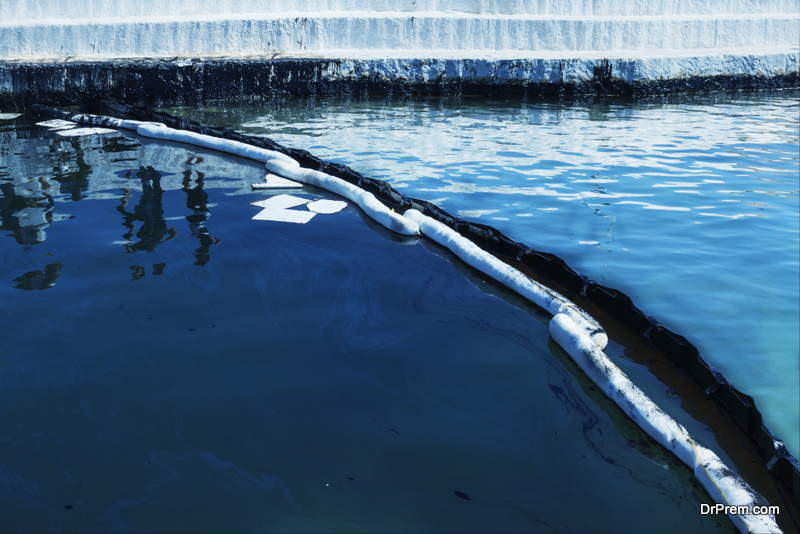 Conventional methods involve the use of extreme steps like controlled burning of oil spills and dredging. Not only are these methods dangerous, but the residues left behind can also pollute both air and water. For example, high winds can cause oil slick burning to be uncontrolled and accelerate air pollution. Considering the environmental impact of available ways to tackle oil spills at sea, green techniques are being looked upon as the most promising possible solutions.
Conventional methods involve the use of extreme steps like controlled burning of oil spills and dredging. Not only are these methods dangerous, but the residues left behind can also pollute both air and water. For example, high winds can cause oil slick burning to be uncontrolled and accelerate air pollution. Considering the environmental impact of available ways to tackle oil spills at sea, green techniques are being looked upon as the most promising possible solutions.
Final Words
Researchers are working hard to derive and use natural components as dispersants and hasten processes like bio-remediation. One such research in City College of New York has developed a plant-based product to disperse oil molecules in the sea. Phytol coupled with plant-based fat can act as an efficient and natural oil slick herder. Such novel green techniques in conjunction with mechanical processes can provide efficient oil spill clean up solutions. Reducing the amount of environmental stress while saving money and time is the main idea behind adopting balanced methods to control oil spills at sea.


